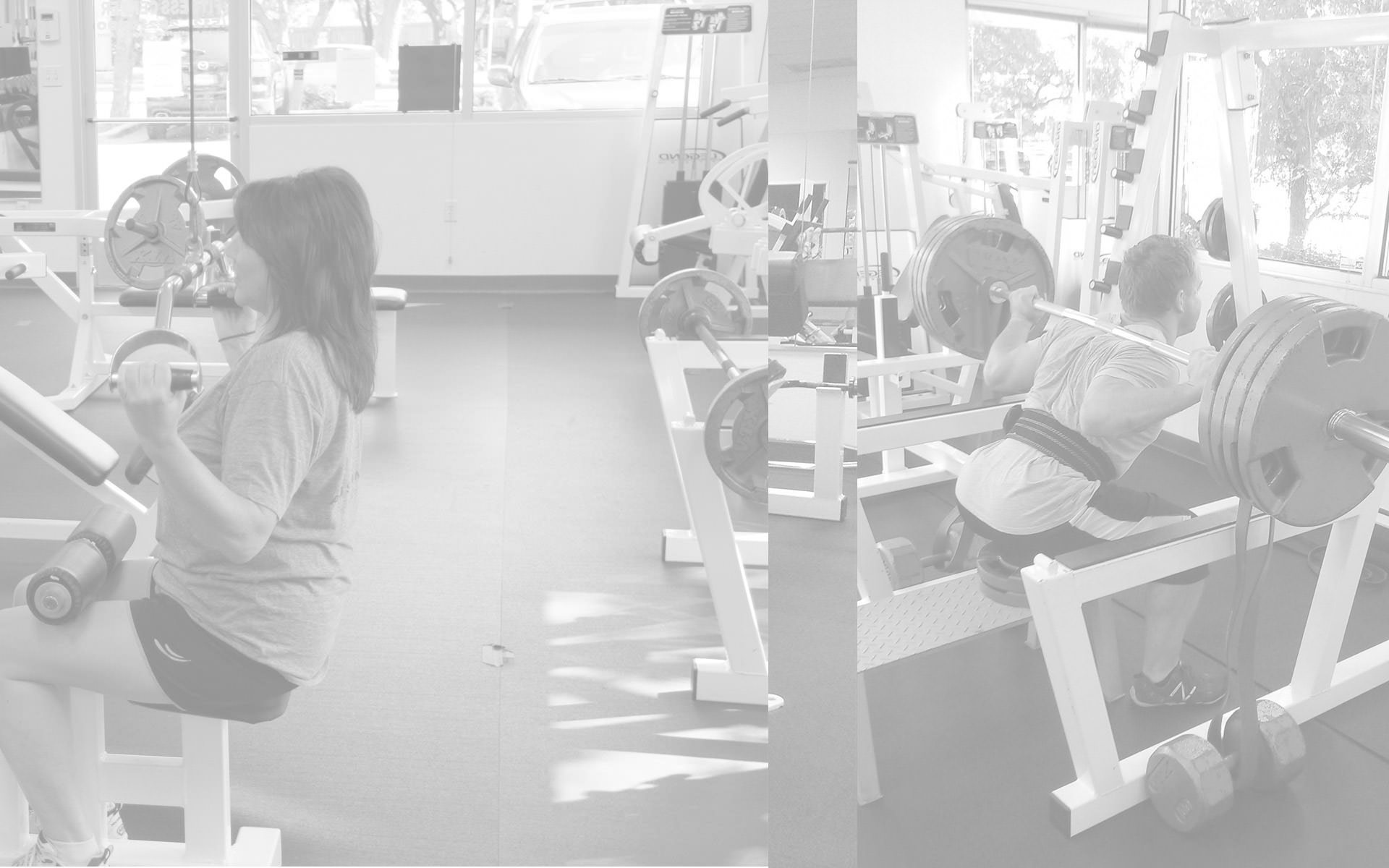What is Muscular Pre Exhaustion?
When we find ourselves nursing or rehabilitating an injury, we obviously take care to not re injure the affected area. This is common sense and should go without saying. What about if we are in the gym, working on a body part that is close to the injured or imbalanced area or one that is a supporting, or stabilizing muscle to the injured one? As a longtime personal trainer in Austin, I can assure you that there’s a lot of techniques one can employ. Everything from outright avoidance, to depending upon the severity and recovery status of the affected area, a technique known as muscular pre exhaustion.
What is muscular pre exhaustion? It simply is a process where in which we would fatigue a muscle to the point of near exhaustion, so that we can than safely work another muscle that relies upon it without putting undue stress upon it or put it at further risk of injury. If it sounds confusing, that’s because it very easily can be. If we have an injured shoulder muscle, for example, and we need to work our pectorals, we would do so by finding a movement that would minimize the deltoid’s involvement, and then work the pectoral muscles to near failure. That process is known as muscular pre exhaustion. Now that the target muscle is exhausted, we can train it on a traditional lift or by employing traditional methods, but with a much more modest weight. It may not be as strenuous an exercise as one would typically undertake, but it would at least allow the trainee the opportunity to exercise certain muscles while minimizing the risks posed to the injured or adversely affected areas.
An obvious question people have about muscular pre exhaustion, and sticking with our pectoral workout scenario, is what’s the difference between doing that, and simply working with lighter weights on a traditional exercise to begin with? The answer lies in the repetitions. If we left the stabilizing, and injured deltoid muscles out of it, and worked the pectorals almost exclusively, we can get a good burn going, and drive a bunch of blood into the pec. At this point, the delts are still fresh, as they’ve been relatively unused, so we can now use them, but with a more moderate load being applied, as was explained above. The difference in approaching with a muscular pre exhaustion technique and not, is that if we went ahead and started bench pressing, for example, the stabilizing muscles, which in this case are greatly comprised of the injured deltoid muscles, would take too great an initial responsibility, as since they are greatly smaller than the pecs, and will fatigue at a far faster rate, and ultimately fail, thus rendering the bench press a useless exercise and exposing them to the threat of further injury. On the other hand, if through the process of muscular pre exhaustion, we manage to wear out the target muscles, the pecs in this case, we will be able to use them on the traditional exercise effectively with a very light load comparatively, as they are near failure to begin with. This light load for a few reps allows the target muscle to recruit all remaining fibers, and safely keeps the injured or tight stabilizing muscles safe from further injury.
Ready to Get Started?

Andy

Latest posts by Andy (see all)
- Workout Motivation: How To Get Motivated To Work Out - March 9, 2022
- Body Fat Types: Subcutaneous and Visceral Fats - June 1, 2019
- Why Diets Work If You Stick With Them - April 1, 2019






